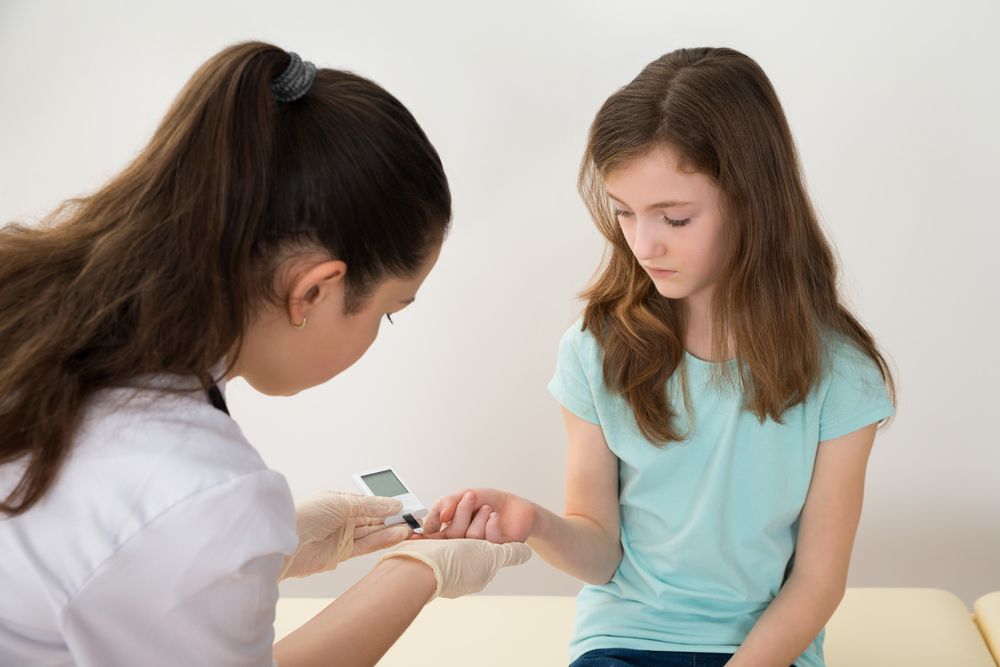It’s been a long time since type 2 diabetes was viewed as an adult condition. Indeed, type 2 diabetes was once called adult-onset diabetes. But this disease seems to be ending up also in children.
Type 2 diabetes is an long-term condition that influences how the body processes sugar, which is called glucose. This condition represents less than 3 percent of all recently diagnosed diabetes cases in children.


